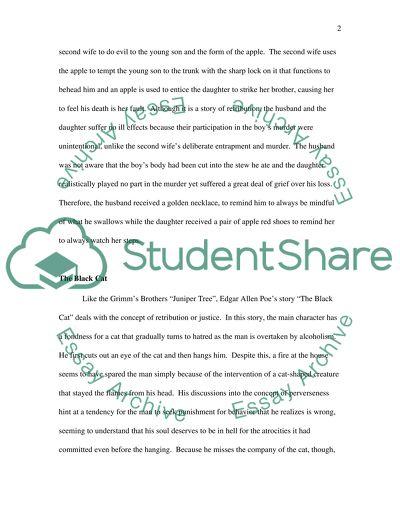Cite this document
(The Juniper Tree by the Brothers Grimm Book Report/Review, n.d.)
The Juniper Tree by the Brothers Grimm Book Report/Review. https://studentshare.org/literature/1538773-the-short-story
The Juniper Tree by the Brothers Grimm Book Report/Review. https://studentshare.org/literature/1538773-the-short-story
(The Juniper Tree by the Brothers Grimm Book Report/Review)
The Juniper Tree by the Brothers Grimm Book Report/Review. https://studentshare.org/literature/1538773-the-short-story.
The Juniper Tree by the Brothers Grimm Book Report/Review. https://studentshare.org/literature/1538773-the-short-story.
“The Juniper Tree by the Brothers Grimm Book Report/Review”. https://studentshare.org/literature/1538773-the-short-story.


